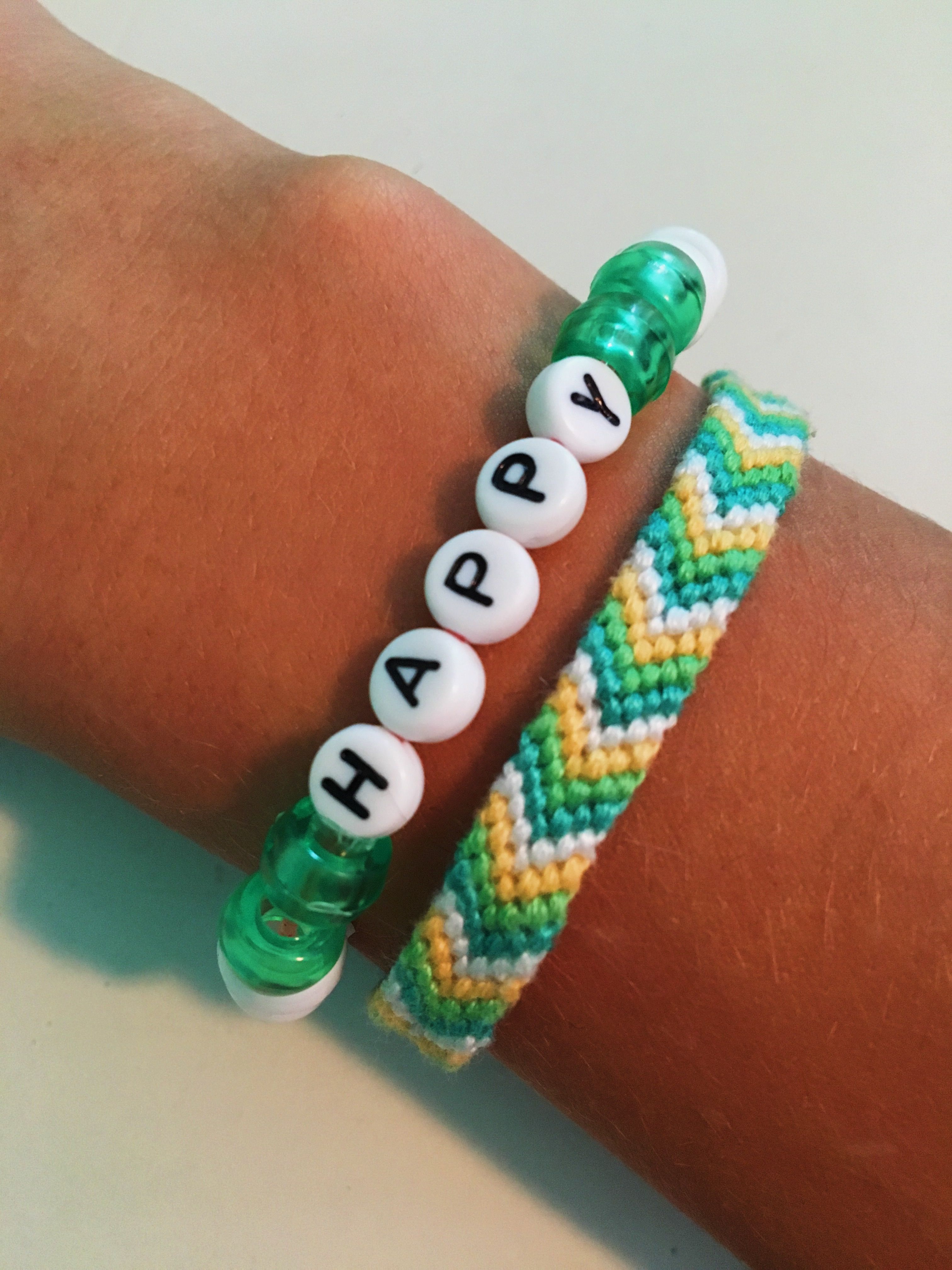Variables¶
A variable is a way to store information, like a box where you can put something for using later. Variables have names, which is like a label on the box. You can set or change change the contents of the box with the ‘=’, which we call the ‘assignment operator’.
Here is an examples of assigning a variable:
tony = turtle.Turtle()
Surprise! You’ve been using variables all along! Here the name of the variable
is tony and the contents of the variable, like the contents of a box, is a turtle.
Here are some more examples, storing numnbers into variables
apples = 10
oranges = 6
How many fruits do we have? We can add them:
print(apples+oranges)
16
Since variables can hold numbers, and we can add numbers, so we can add the variables to get the answer.
Try it yourself. But first, notice the last line, which has assert on it, which means,
‘complain if this is not true’. The assert will produce an error message if
your variables don’t add to 15. Make the variables add to 15 to make the
assert happy, then try making it unhappy by making them add to any other
number, just to see whan an error looks like. We will sometimes use assert
to check if your answers are correct.
We’ve already seen addition, but we can also subtract, multiply and divide. However, multiplication and division use symbols that are a little different from what you are used to:
Multiplication uses “*”, so
10*5 == 50Division uses “/”, so
50/5 == 10
For instance:
pizza_slices = 16
people = 4
pizza_per_person = pizza_slices / 4
assert pizza_per_person == 4 # What is this????
Strings¶
In Python, there are many different types of things we can put in the variable, including numbers and words, which we will call “text” or “strings”.
It might seem weird that words are called “strings” but it’s not if you think about it like a computer, which is that it is made of letters, one after the other, like a friendship bracelet.

Strings work a bit differently than numbers; when we add them, they are concatenated which means “combined end to end”
h = "Hello"
s = " "
w = "World"
print(h+s+w)
Hello World
Now, try the same thing we did with numbers, but with strings:
One important things about strings is that you have to surround them with quotes, but you can use single or double quotes. The reason is that if you string has one kind of quote, it has to be surrounded with the other kind.
s1 = "this is a string"
s2 = 'this is also a string'
s3 = "He said 'this is a string' "
s4 = 'He said "this is a string" '
This string program doesn’t work! change it so it does.
But, sometimes, even using two kinds of strings doesn’t work well, like if you have a string that has both kinds of quotes in it, like:
I can't decide if I like " or ' more
What do you do then? You can “escape” the quotes with a ‘\’, which turns off the quotes quotiness. So you’d type this:
s = "I can\'t decide if I like \" or \' more"
Turtle Variables¶
We can use variables to store commands for our turtle. Let’s start with a program that we created earlier, but update it to use variables.